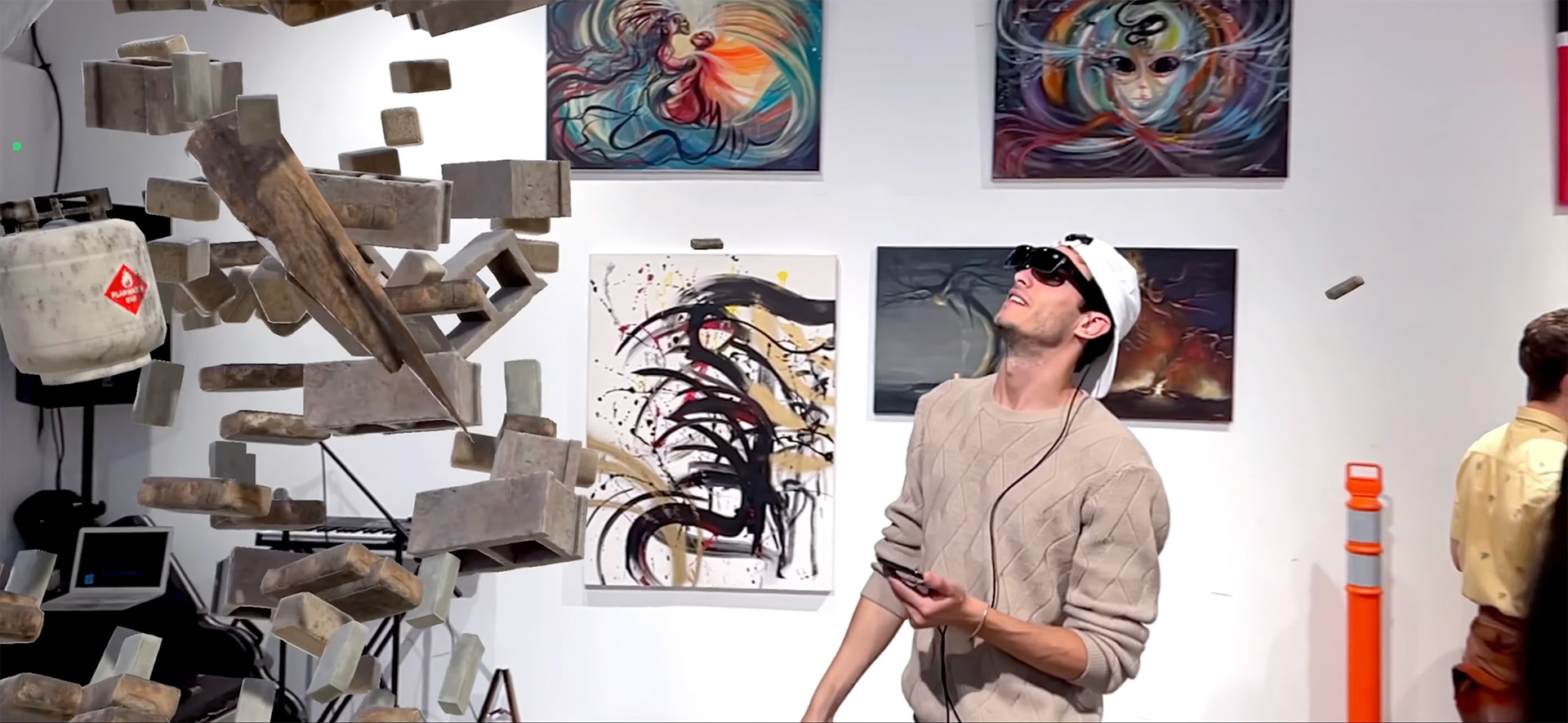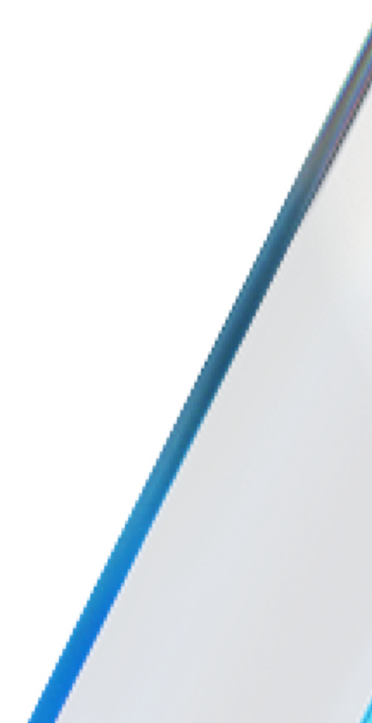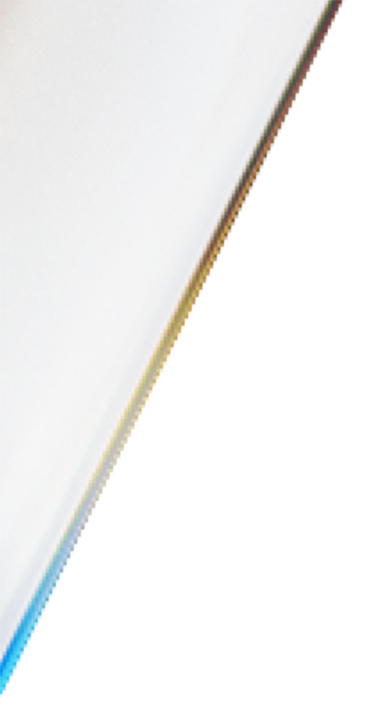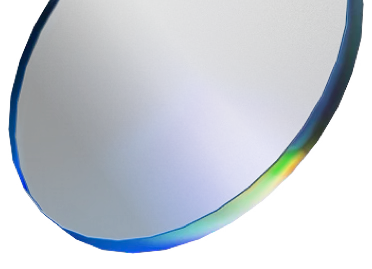

A clear explanation of how to make a good spatial experience in AR

A good spatial experience uses the strengths inherent to augmented reality to create interactions that feel authentic within a person’s surroundings. It provides UI that is easy to control and 3D content that is both engaging and complimentary to the physical context.
A strong spatial experience balances familiar UX patterns with engaging 3D content to help new users understand AR and get excited about this new medium. UI should be easily accessible and spatial content should encourage movement and discovery. As users turn, walk and look around, systems such as World tracking, SLAM, Plane detection and 6DoF motion give the device awareness to keep content stable. Creating strong image anchors can help support the stability of your scene which is essential for presence and engagement.
Believability also depends on how content reacts to the room. Occlusion, Shadows, Material consistency and lighting helps digital objects to blend with your environment. Our rendering within Trace handles much of this foundation so creators can focus on meaning rather than technical details.
Interactive experiences are also a key part of a good experience.Eye tracking, gestures, controller motion and multitouch should feel second nature. The best spatial interactions are the ones that require no explanation because they match a user’s intuition.
A good spatial experience feels authentic to the medium. It does not imitate 2D interfaces like computer windows or TVs and simply place them in 3D. It also doesn’t make everything 3-Dimensional just for the sake of novelty. It builds from principles of user intent and thoughtfully integrates interfaces and 3D models contextually into our environments.
One of the main mistakes creators make is overwhelming a room with virtual content. Our goal should be to complement reality. When digital elements respect scale, distance, posture, and context, people trust what they see. This trust creates room for delight. A floating sculpture can surprise you because it still behaves as if it belongs. A portal can open into another world because it anchors to the wall behind it.
Designing for the medium means understanding when AR is the right tool. Some tasks belong on a paper sheet or a phone screen. Spatial experiences shine when movement, place, and embodiment matter. Context becomes a design element. Real surfaces become part of the interface. The user's path becomes part of the story.
Good spatial design is also thoughtful for beginners. Having clear onboarding, approachable gestures, and grounded placement helps people ease into this new medium without frustration. Joy, curiosity, and a sense of wonderment are part of what makes extended reality compelling.
Designers should think in terms of rooms rather than rectangles. In AR, people view content from different angles and distances, so hierarchy of visuals must work across depth. Lighting and backgrounds influence legibility. Stability influences comfort. You should keep primary content at a reachable distance, align elements with surfaces, and avoid cluttering the user's field of view.
Experiences should adapt to the environment instead of ignoring it. Use spatial cues to guide movement. Allow exploration. Keep objects optimized so that frame rate remains steady. Always respect the physical space by blending digital and real elements thoughtfully and ensure your digital content remains within the bounds of the physical space.
The strongest experiences leverage embodiment. They encourage people to step closer, walk around objects, or observe things from different angles. These interactions help transform the space into a narrative for your audience.
• A museum display that encourages visitors to move around a sculpture, revealing hidden ui and facts as they move.
• A design review where full scale models, drawings and diagrams appear precisely anchored in the room, allowing teams to walk through ideas together.
• A training simulation where a piece of industrial equipment is on the floor, and trainees walk around it while subtle spatial cues highlight and trigger the next step in the process.
• More 3D content does not equal more value. 2D interfaces can be helpful for legibility and selection and 3D content should be thoughtfully placed.
• Realism is helpful, but coherence and stability matter more than photoreal detail.
Spatial computing, Occlusion, World tracking, Eye tracking, 3D model, PBR
A good spatial experience respects the medium. It is contextual to its environment, thoughtful in its visuals and invites people to explore. When digital and physical elements support each other, the result feels intuitive, polished and joyful.
Learn about augmtened reality or start creating your own experiences.







